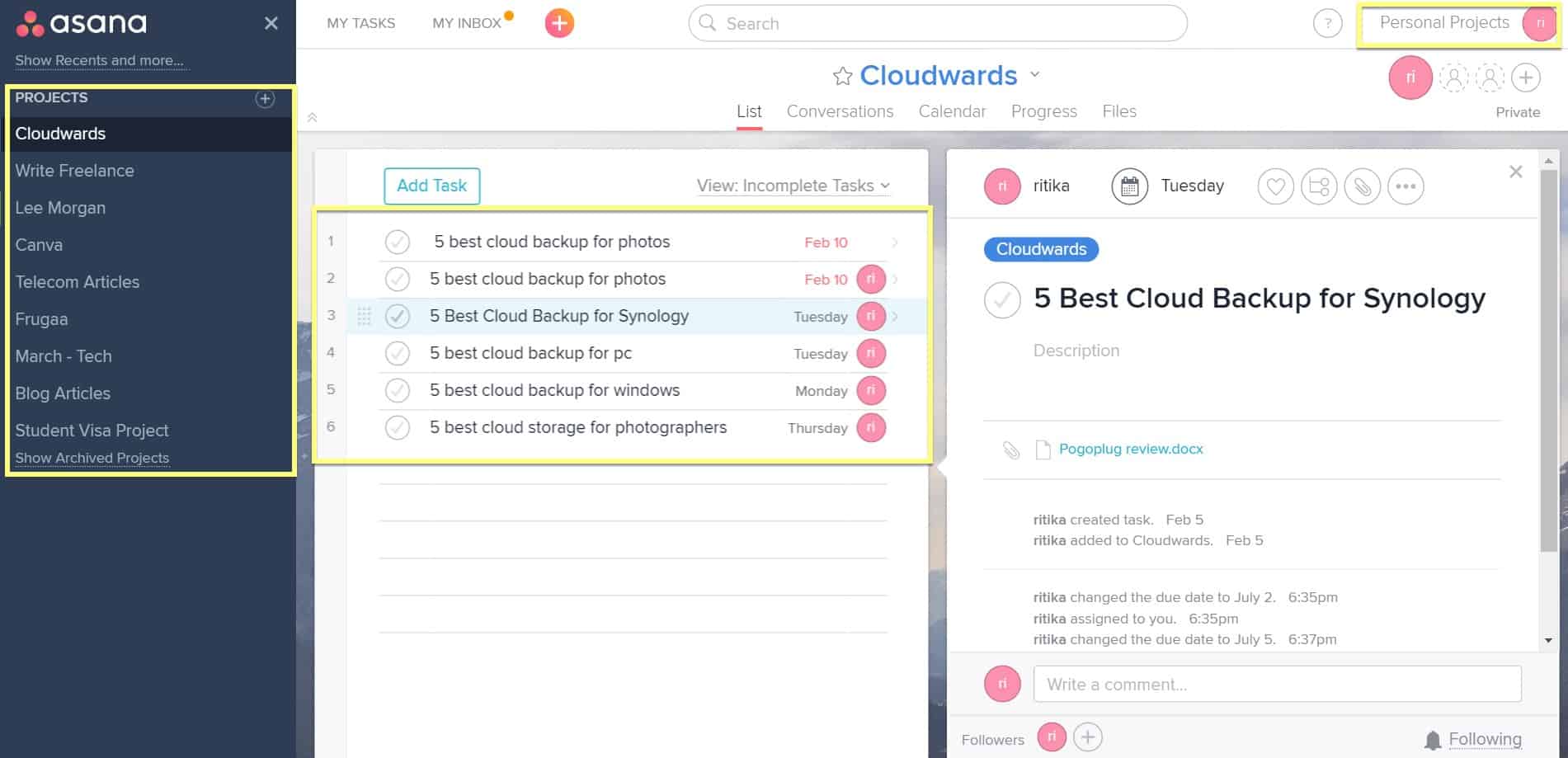

Trello offers fewer view options than Asana, primarily relying on its Kanban board view. Some projects work better with a calendar view, such as those focusing on deadlines above all else. This provides a visual representation of the progression of the tasks in the project and is very similar to Trello’s layout.Īdditionally, users can select list, timeline, or calendar view options. The Kanban board is a popular view, as team members can move the cards through different columns from left to right. Users can pick from multiple ways to view the project’s organization. Team members can assign tasks to specific people while also creating deadlines. The project consists of digital cards that hold individual tasks.

It also provides an ability for team members to collaborate on each step and task fully.Īsana, which initially appeared for public use in 2012, allows users to set up an entire project. Teams with dozens of members can use Asana successfully to track a project that requires several interrelated steps for each task. It helps keep a big project on task and moving forward. Ultimately, Asana is a more complex piece of project management software. This differs from Trello, which focuses primarily on completing individual tasks. It provides a greater level of versatility for those teams that need to manage an entire project. Our Recommendation = Get AsanaĪsana receives the edge in our Asana versus Trello comparison. We’ll break down the key advantages and disadvantages of these two options. Determining the winner in the Asana and Trello debate will depend on the specific needs of a particular organization. Trello is a little easier to use than Asana, but Asana has more advanced features. These are popular selections that offer multiple pricing tiers, including a highly useful free version for smaller teams.

#Trello vs asana software
When considering the best project management software packages, Asana and Trello often reside near the top of the list.


 0 kommentar(er)
0 kommentar(er)
